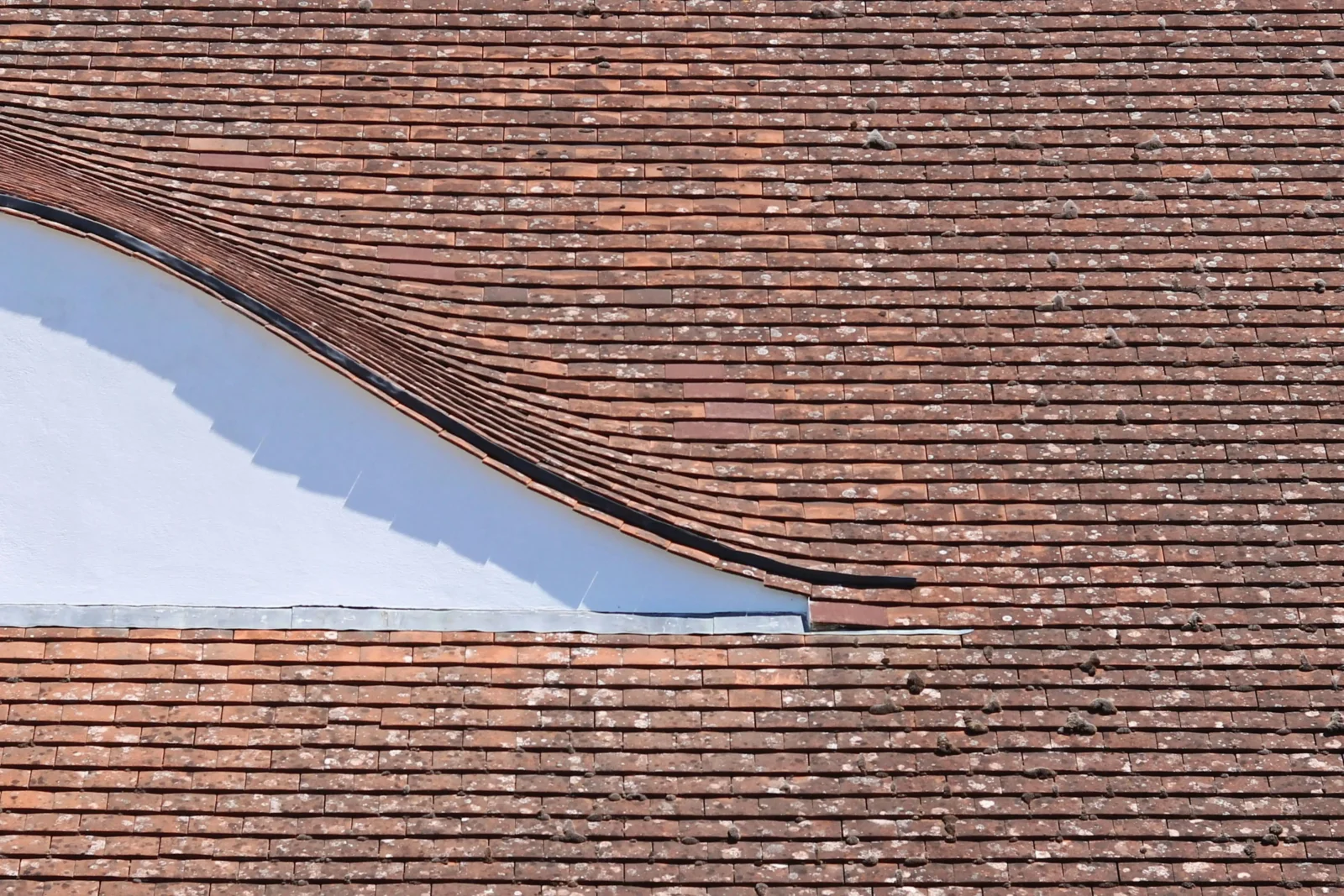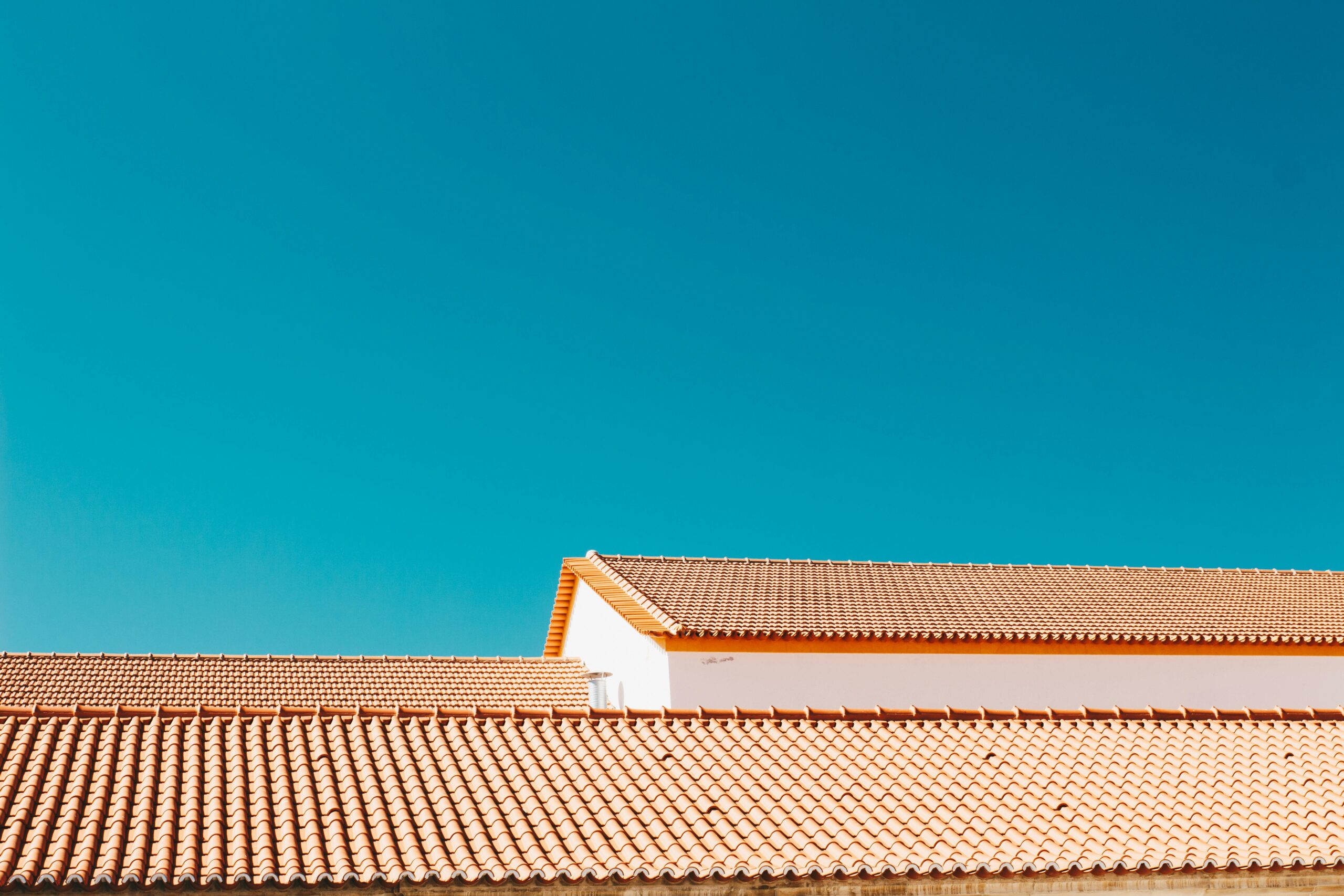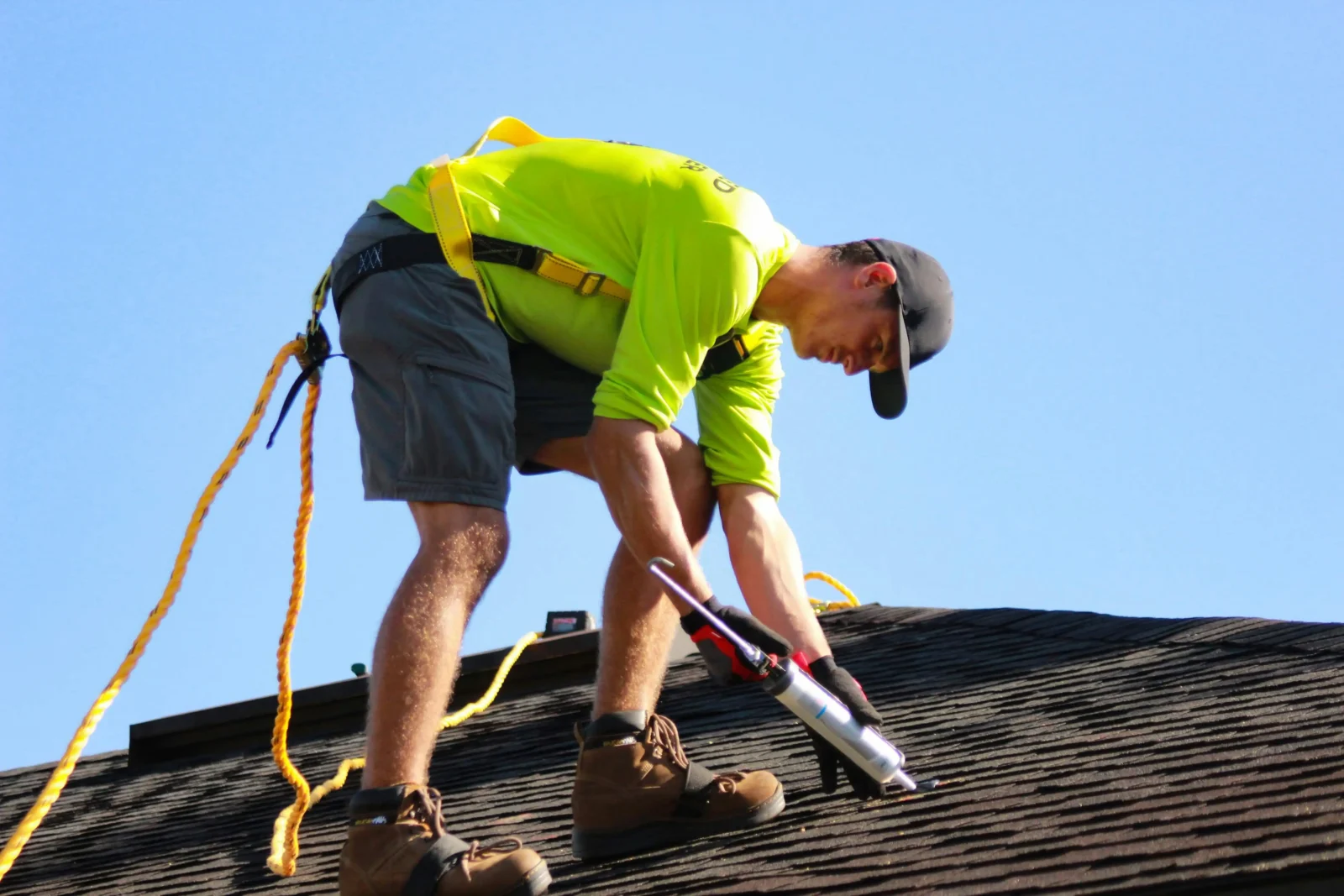- Home
- Articles
- Architectural Portfolio
- Architectral Presentation
- Inspirational Stories
- Architecture News
- Visualization
- BIM Industry
- Facade Design
- Parametric Design
- Career
- Landscape Architecture
- Construction
- Artificial Intelligence
- Sketching
- Design Softwares
- Diagrams
- Writing
- Architectural Tips
- Sustainability
- Courses
- Concept
- Technology
- History & Heritage
- Future of Architecture
- Guides & How-To
- Art & Culture
- Projects
- Interior Design
- Competitions
- Jobs
- Store
- Tools
- More
- Home
- Articles
- Architectural Portfolio
- Architectral Presentation
- Inspirational Stories
- Architecture News
- Visualization
- BIM Industry
- Facade Design
- Parametric Design
- Career
- Landscape Architecture
- Construction
- Artificial Intelligence
- Sketching
- Design Softwares
- Diagrams
- Writing
- Architectural Tips
- Sustainability
- Courses
- Concept
- Technology
- History & Heritage
- Future of Architecture
- Guides & How-To
- Art & Culture
- Projects
- Interior Design
- Competitions
- Jobs
- Store
- Tools
- More
Stay Dry and Secure with Professional Roof Replacement

Your home is one of your most valuable investments, and protecting it starts from the top down, literally. The roof plays a critical role in shielding your home from the elements, maintaining indoor comfort, and preserving structural integrity. Even the most durable roofs succumb to wear and tear. From water damage to storm impacts, a compromised roof can lead to costly problems if not addressed promptly. This is why professional roof replacement is a good maintenance decision and a proactive measure for safeguarding your property. In this blog post, we’ll explore the many facets of roof replacement, from recognizing warning signs to understanding the benefits and process involved in hiring a trusted professional team.
Table of Contents
ToggleWhy Roof Replacement Is More Than Just Fixing Leaks
While fixing a leak may seem like a simple patch job, true roof replacement involves much more. Roofing materials break down, flashing corrodes, and underlayment becomes compromised. These are problems that simple patches can’t fix. A professional roof replacement addresses the entire system, not just isolated issues. It ensures proper ventilation, updated waterproofing layers, and structural assessments of decking and trusses. Roof replacement also gives homeowners the chance to upgrade to modern materials that offer better performance and energy efficiency. By replacing the entire roof, you’re stopping leaks temporarily and investing in the long-term safety, durability, and value of your home. It’s a comprehensive approach that protects you from future damage and ensures peace of mind.
Recognizing When It’s Time for a Roof Replacement
Recognizing the early signs that indicate your roof may need to be replaced is crucial in preventing severe damage and high repair costs in the future. Warning signs to watch for include persistent roof leaks, curled, cracked, or missing shingles, bald spots where granules have worn away, and visible sagging along the roofline. You might also notice water stains forming on your ceilings or interior walls, which could suggest water infiltration from above. If your roof is over 20 years old, even if it looks fine from the ground, it’s likely approaching the end of its useful life. Storm damage from hail, wind, or falling debris can also compromise your roof’s structure. A thorough professional inspection will uncover hidden problems that aren’t obvious during DIY checks. Being proactive ensures your home’s long-term safety and value.
Benefits of Professional Roof Replacement Over DIY
Although DIY enthusiasts often tackle home projects, roof replacement is not an ideal candidate. Professionals bring critical expertise, high-quality tools, and access to premium materials that homeowners typically lack. They follow industry standards and safety practices, minimizing risks of injury or structural failure. Incorrect installation, even of a few shingles, can lead to major water damage, mold growth, and reduced energy efficiency, experts from Garner Roofing warn. Many manufacturers require certified professionals for warranties to remain valid. Professionals also handle permits and ensure local building codes are met. Attempting a DIY job may initially seem cost-effective, but errors can result in higher long-term expenses. Hiring licensed roofers ensures a smooth process, quality workmanship, and durable results that protect your home for decades.

Choosing the Right Roofing Materials for Your Home
Selecting the right roofing material is crucial for function and aesthetics. Asphalt shingles remain a popular choice for their cost-effectiveness, variety, and ease of installation. For those seeking durability, metal roofs are an excellent option, as they resist weathering, reflect solar heat, and often last over 50 years. Clay or concrete tiles are common in warmer climates and offer a unique appearance, but require sturdy support due to their weight. Slate is highly durable and attractive, but comes at a premium cost. Wood shakes bring rustic charm but may not be suitable in fire-prone areas. A professional contractor helps assess climate conditions, architectural style, budget, and maintenance needs, ensuring your choice matches your home’s structure and your lifestyle preferences.
How Roof Replacement Improves Energy Efficiency
A new roof significantly enhances your home’s energy efficiency, lowering utility bills and reducing environmental impact. Old roofs often have poor insulation, compromised air barriers, and outdated materials that allow heat loss in winter and heat gain in summer. Modern roofing systems incorporate advanced insulation, radiant barriers, and energy-efficient materials such as reflective shingles that deflect sunlight and reduce cooling costs. Proper ventilation is also crucial, as it prevents heat buildup in the attic, extending the life of your roof and reducing HVAC strain. Some roofs even qualify for ENERGY STAR® ratings or green building certifications, making them attractive to eco-conscious buyers. Investing in a new roof is about staying dry and optimizing indoor comfort and sustainability.
The Role of Professional Inspection Before Replacement
A thorough roof inspection lays the groundwork for a successful replacement. Experienced contractors examine your roof’s surface, gutters, flashing, and underlayment, identifying current damage and potential problem areas. They check for structural issues, mold, rot, and signs of water infiltration that may not be visible to the untrained eye. Inspections also help determine whether partial repair or full replacement is needed. Professionals use diagnostic tools like infrared cameras or moisture meters to detect hidden moisture. Their findings shape the replacement plan, scope of work, and material recommendations. Skipping this step can lead to overlooked damage, unexpected costs, or improperly scoped projects. An upfront professional assessment ensures your new roof is both structurally sound and tailored to your home’s unique needs.
Understanding the Roof Replacement Process
Roof replacement involves several coordinated steps. Professionals remove old shingles and inspect the decking underneath. If they find rot or damage, the decking is repaired or replaced. An underlayment is installed next. This waterproof barrier adds an extra layer of protection. Roofers then install the chosen roofing material with precision, paying special attention to valleys, edges, and roof penetrations like vents or chimneys. Flashing is applied to prevent leaks at joints and intersections. Ridge caps and vents are added for proper airflow. Once complete, contractors clean the site, haul away debris, and perform a final inspection. The entire process can take a few days to a week, depending on roof size and weather, but professional coordination ensures efficiency and quality.
How Weather Affects Roof Replacement Timing
Weather plays a crucial role in the success and scheduling of roof replacement projects. Ideal conditions are dry, mild days, typically in spring or fall, when shingles adhere properly and safety risks are minimized. Wet or snowy weather can delay work, compromise materials, and increase risks for roofing crews. High heat can also cause materials to soften or become difficult to handle. Professional roofers monitor weather patterns closely and plan accordingly, often rescheduling work to avoid costly complications. While unexpected weather changes can disrupt timelines, reputable contractors communicate clearly and adjust schedules with safety and quality in mind. Homeowners should plan their projects around favorable seasons and allow some flexibility for weather-related delays to ensure optimal results.
Common Roof Replacement Mistakes to Avoid
Even with professional installation, roof replacement mistakes can occur if proper oversight is lacking. Some of the most common issues include poor attic ventilation, improper flashing around chimneys or skylights, and mismatched or low-quality materials. These mistakes can lead to moisture buildup, leaks, mold growth, and premature roof failure. Inadequate cleanup can leave nails and debris around your property, posing safety hazards. Avoiding these pitfalls starts with hiring experienced, well-reviewed contractors who provide detailed contracts, warranties, and clear communication. Always ask about their installation process, material sourcing, and quality control measures. Insist on thorough site cleanup and a post-installation walkthrough. Attention to detail during every phase ensures a problem-free roof that stands the test of time.
How Roof Replacement Increases Property Value
Replacing your roof doesn’t just enhance protection, as it can significantly increase your home’s market value. A new roof boosts curb appeal, offering potential buyers peace of mind that they won’t face major maintenance expenses soon after purchase. It also improves energy efficiency, a strong selling point in today’s environmentally conscious market. According to real estate industry data, homeowners can recoup up to 70% of the replacement cost upon resale. Upgraded materials like metal or composite shingles may appeal to upscale buyers looking for durability and style. A professionally installed roof signals quality and care, setting your property apart from similar listings. Whether you plan to sell soon or stay long-term, a new roof is a wise investment in your home’s value.
Financing Options for Roof Replacement Projects
Roof replacement can be expensive, but many financing options are available to make it manageable. Homeowners may qualify for home improvement loans, home equity lines of credit (HELOCs), or even government-backed programs for energy-efficient upgrades. Many roofing companies offer financing plans with fixed monthly payments, promotional interest rates, or deferred payment options. Credit cards can be used for smaller projects, though they typically carry higher interest rates. Tax credits and utility rebates may apply if energy-efficient materials are used. It’s important to review terms carefully, compare rates, and assess your budget. Financing allows you to proceed with the necessary work without compromising quality due to upfront costs. Consulting both your contractor and a financial advisor helps ensure you make the best choice for your situation.
How to Prepare Your Home for Roof Replacement
Proper preparation makes roof replacement smoother and safer. Start by moving vehicles, furniture, and valuables away from the work zone. Cover landscaping or flowerbeds to shield them from falling debris. Inside your home, remove wall hangings and fragile items in upper rooms, as hammering can cause vibrations. If you have pets, consider keeping them indoors or at a friend’s house to avoid stress from noise. Notify neighbors about the upcoming work, especially if it’s likely to be loud or messy. Clear pathways and ensure easy access to power outlets if needed. A good roofing company will also help guide the preparation steps. By proactively preparing your home, you reduce disruptions, protect belongings, and help the project move forward more efficiently.

The Importance of Roof Warranties and Guarantees
Warranties provide critical protection after investing in a new roof. There are typically two types: material warranties from manufacturers and workmanship warranties from contractors. Material warranties cover defects in the roofing products, often lasting 20-50 years, depending on the type. Workmanship warranties cover errors in installation and are typically offered for 1-10 years. A strong warranty gives homeowners peace of mind that future issues will be addressed without additional costs. It’s important to understand what is and isn’t covered, and to get all terms in writing. Reliable contractors stand by their work and are transparent about their warranty policies. Always retain your documentation, including receipts, contracts, and warranty papers, in a safe place for future reference.
Maintenance Tips After Your Roof Replacement
Maintaining your newly replaced roof is crucial for maximizing its lifespan and safeguarding your investment in the long run. Begin by routinely clearing gutters and downspouts to ensure water can flow freely, preventing water accumulation that can damage shingles, fascia boards, and even your home’s foundation. After heavy storms, inspect your roof from the ground or with binoculars for signs of displaced shingles, punctures, or debris buildup. Trim any overhanging tree limbs to minimize wear from rubbing branches and to reduce the chance of clogged gutters from falling leaves.
Schedule professional roof inspections at least once a year to catch small problems early, such as minor leaks or cracked flashing. Avoid walking on your roof to prevent unnecessary wear, and always use appropriate safety gear if access is unavoidable. Maintain proper attic ventilation and insulation, and keep a maintenance log to track inspections and repairs. With consistent care, your roof can last for decades.
Investing in a professional roof replacement is not merely about aesthetics. It’s a vital step in securing your home’s future. A new roof provides peace of mind, enhances energy efficiency, boosts property value, and strengthens your home’s defenses against unpredictable weather. By understanding the key signs of roof damage, evaluating materials, and choosing reputable contractors, you ensure a long-lasting and high-performing solution. Regular maintenance and prompt replacements when needed can save you significant time, money, and stress. Whether you’re facing age-related wear or storm damage, a new roof is a worthwhile investment. Stay dry, stay protected, and rest easy knowing your home is covered, literally and figuratively, for years to come.
Trained as an architect and seasoned in the editorial trenches, I turn raw design concepts into compelling narratives that resonate beyond studio walls. My work spans in-depth project spotlights, interviews with visionary designers, and analysis pieces that distill complex technical data into accessible insights. Whether polishing copy for publication or generating original features, I draw on years of practice to ensure every sentence captures architecture’s rigor, poetry, and cultural impact—inviting professionals and enthusiasts alike to see the built environment through a sharper, more inspired lens.
Submit your architectural projects
Follow these steps for submission your project. Submission FormLatest Posts
Best Practices for Roof Inspections and Maintenance
On most projects, the roof spends decades out of sight while carrying...
Sunny Days, Secure Roof: Simple Steps to Shield Your Home
Your home is more than just a place to live—it’s a sanctuary....
Simple and Stylish Roof Ideas for Homeowners
When designing your home, don’t overlook the roof. It’s essential for both...
Key Qualities to Look For in a Residential Roofing Contractor
Choosing a residential roofing contractor involves careful consideration. The roof is a...












Leave a comment